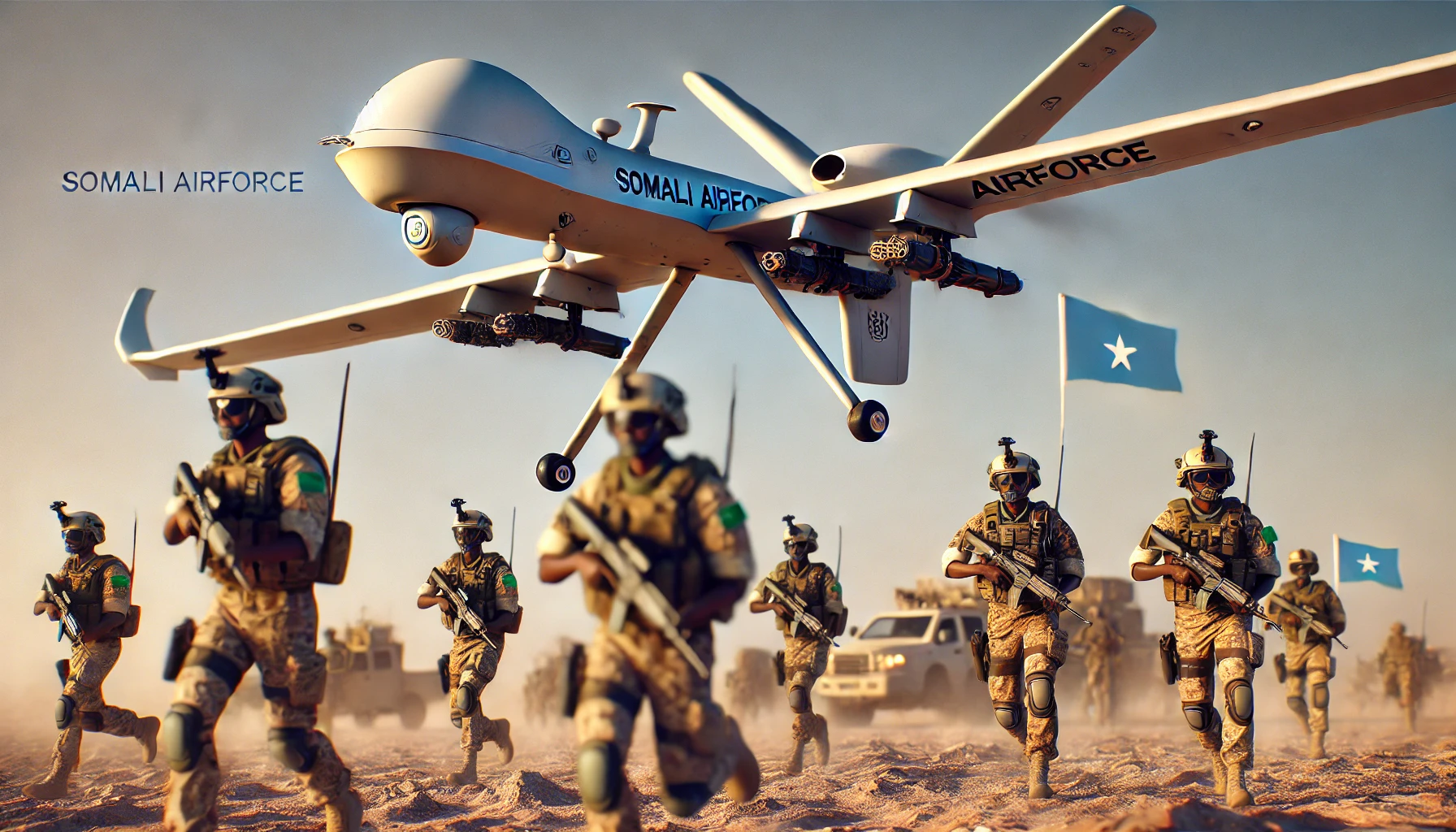Why the Somali Army Needs More Small Drones for Perimeter Defense and Reconnaissance Against Al-Shabaab
The Somali National Army (SNA) faces persistent threats from Al-Shabaab, a highly mobile and adaptive insurgency that exploits gaps in surveillance and perimeter security. To effectively counter these threats, the SNA must urgently invest in small drones for real-time reconnaissance and enhanced perimeter defense.
1. Small Drones Provide 24/7 Aerial Surveillance
Al-Shabaab militants rely on stealth, mobility, and surprise attacks to infiltrate army bases and ambush patrols. Small drones can provide constant aerial monitoring of military perimeters, detecting suspicious movements before they become a direct threat. This early warning system would allow the SNA to react proactively rather than defensively.

2. Drones Detect Al-Shabaab Movements Before an Attack
One of the biggest challenges in counterinsurgency is identifying enemy movements before they strike. Small drones can conduct covert reconnaissance missions, tracking Al-Shabaab’s activities in surrounding areas. This intelligence would allow the Somali military to preempt attacks, ambush enemy fighters, and disrupt their operations before they materialize.
3. Force Multiplier for Limited Ground Troops
The SNA is expanding but still faces workforce shortages. Small drones act as a force multiplier, allowing fewer soldiers to cover larger areas with real-time aerial intelligence. Instead of sending troops on high-risk patrols, drones can scout ahead and provide actionable intelligence without putting soldiers in immediate danger.
4. Cost-Effective Alternative to Human-crewed Aircraft
Somalia lacks the financial and logistical resources to operate large reconnaissance aircraft or helicopters daily. Small drones offer a low-cost, high-impact solution that can be deployed quickly without expensive infrastructure or fuel-heavy operations.
5. Precision Targeting for Air and Ground Strikes
With live video feeds, drones can provide precise targeting coordinates for airstrikes, artillery, or ground assaults, minimizing collateral damage and ensuring maximum impact against Al-Shabaab fighters. Instead of relying on outdated intelligence, the SNA would have real-time, high-resolution battlefield awareness.

